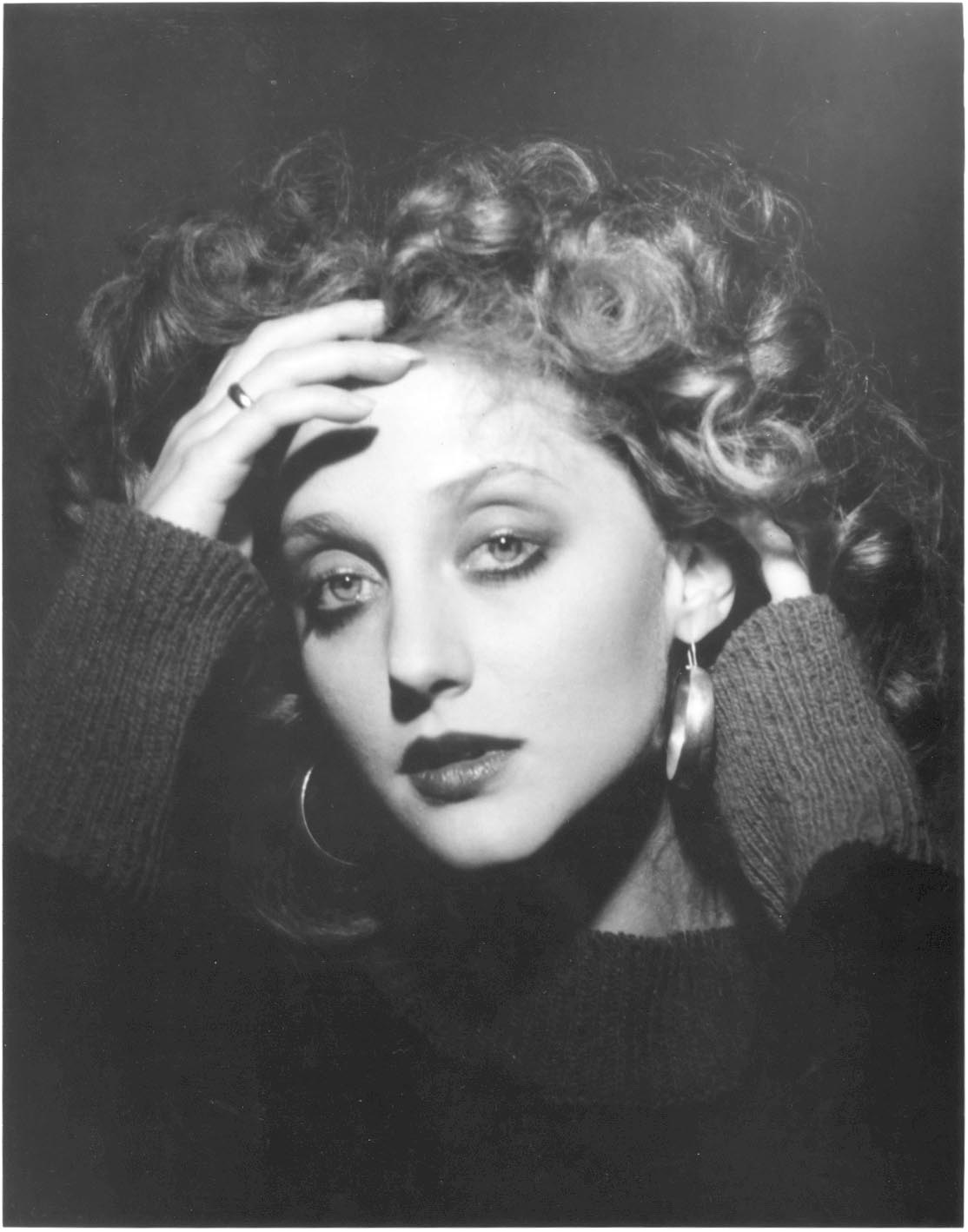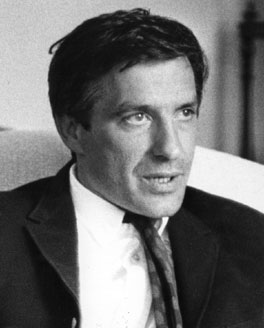From Sight and Sound, Spring 1989. — J.R.
The news of John Cassavetes’ death reached the Rotterdam Festival just as his retrospective was winding to a close, and my initial response was to recall Billy Wilder’s remark at Ernst Lubitsch’s funeral. ‘No more Lubitsch,’ a friend said, and Wilder replied, ‘Worse than that — no more Lubitsch films.’ On the face of it, it’s hard to think of many directors more dissimilar than Lubitsch and Cassavetes, but each brought to cinema a kind of personal passion that it’s never had before or since, despite the fact that each has had a host of imitators and emulators. It even seems possible that Cassavetes influenced almost as many directors as Lubitsch did. Just for starters, one could cite Peter Bogdanovich, Jean Eustache, Henry Jaglom, Elaine May, Rob Nilsson, Maurice Pialat, Jacques Rivette and Martin Scorsese.
In the case of Cassavetes, though, what I had in mind was something specific — the fact that he hadn’t lived long enough to make a film of his remarkable play A Woman of Mystery, which I had been lucky enough to see during its limited run in a tiny Beverly Hills theatre the summer before last, and which remains one of the key theatrical experiences of my life. Cassavetes’ lengthy career as a playwright and stage director is the least known aspect of his work, but it’s worth noting that most of his major films — including, if I’m not mistaken, Faces, A Woman Under the Influence, Opening Night and Love Streams — started out as plays, and even his first feature, Shadows, grew out of improvisations in his acting workshop. Love Streams was developed from a play by Ted Allen, but the other major works sprang directly from Cassavetes himself, and surely the greatest area of neglect that he suffered was his gifts as a writer — gifts that his misleading and overblown reputation as an ‘improvisational’ director always tended to obscure.

A Woman of Mystery, which Cassavetes hoped to film if he lived long enough, starred Gena Rowlands as a bag lady and Carol Kane as a young woman who may or may not have been her daughter. Most of the action occurred between strangers on the street, and during the scene changes Cassavetes brought in actual street entertainers to perform. As the play’s title suggests, we don’t really know who the Rowlands character is, and for most of the time, neither does she — her street existence deprives her of any solid sense of identity, and as unlikely as it sounds, her fluid and unstable character gives her some kinship to the universe of Beckett.
A kind of instinctive, unsystematic modernism has been part of Cassavetes work since the prologue of Faces, when John Marley enters a screening room to see a film which seemingly turns out to be Faces itself. Opening Night was Cassavetes’ L’Amour fou, and, the strange use of a balletic dream sequence and hallucination near the end of Love Streams seems to derive from a comparable impulse. Despite the anti-intellectualism that informs Cassavetes’ work from Shadows on, the radical direction of his work led him to reinvent many of the tenets of modernism — self-reflexivity, unorthodox principles of exposition and continuity, fractured narratives, even a certain refusal of psychology -– in his own idiosyncratic terms.

Perhaps the biggest blind spot in most Anglo-American criticism of his work is its insistence on regarding him as a realist, which he clearly was not. Love Streams went a long way in clarifying this fact, and A Woman of Mystery went even further. At one point in the play, Rowlands enters a nightclub in a fancy evening dress; whether this scene represents her own fantasy projection or someone else’s, a flashback or a flash-forward, is never made clear, and within the play’s special context, it never has to be.

In a brief but perceptive article written for the Rotterdam catalogue, Peter Bogdanovich rightly calls Cassavetes a revolutionary, and emphasizes the profoundly political aspect of his work, another facet that has been widely neglected and misunderstood. Part of what made Shadows such a revelation when it was released in 1960 was its capacity to deal so acutely with racism without ever alluding to it more than obliquely in the dialogue. When Cassavetes shifted his focus to the middle-class in Faces and Husbands, he broadened his audience without ever compromising his radical social critique of the American soul, though it took me some time to realise this.

Throughout his career, it was always too easy for critics to shrug off the difficulty and complexity of his work by settling on the most obvious meanings and ignoring the rest. The off-putting aspect is that his characters tend to be mediocrities, yet Cassavetes respects and defends them with such unqualified fervour that the very expression of this sentiment becomes a political act. ‘I Can’t Give You Anything But Love’, sung so memorably at the end of The Killing of a Chinese Bookie, becomes the anthem not only of the defeated, pathetic, but indefatigably stylish and noble owner of an LA strip joint (Ben Gazzara), but of the writer-director who conceived him.

What is it, one may ask, that makes the uncritical adoration of mediocre characters a political act? A Woman of Mystery takes this bull by the horns by lavishing its attention on the sort of incoherent derelicts who in contemporary America aren’t supposed to be noticed at all; indeed, as Jonathan Kozol’s recent book about the American homeless (Rachel and Her Children) suggests, the entire ideological weight of Reaganism may rest on its capacity to make such people invisible and incoherent, even in part to themselves. Cassavetes deals with this incoherence in the most radical way possible, not by assuming the liberal ploy of trying to make these people as legible as the rest of us, but by exploring their lack of definition from within — assuming it as a given and proceeding from there. One should recall that Cassavetes’ violent break with Stanley Kramer over A Child is Waiting in 1963 stemmed by his own account from his conviction that there was nothing wrong with mentally disturbed children — that the problem in coping with them was ours, not theirs.

Family feelings run very deep in Cassavetes’ work, whether the characters are actually related or not, and the uncertainty over whether Rowlands’ and Kane’s characters in A Woman of Mystery are related becomes crucial to the question of their very existence. Significantly, Cassavetes’ own home, the central location of Faces, A Woman Under the Influence, and Love Streams, becomes almost as important to his work as his gifted actors, and the absence of any home or family (surrogate or otherwise) in A Woman of Mystery becomes apocalyptic in its implications.

According to the standard measuring devices, Cassavetes ended his directorial career with the aptly named Big Trouble (1985), a Hollywood comedy with Peter Falk and Alan Arkin which he took on as a personal favour to the producer after the scriptwriter Andrew Bergman left the project. (According to Bogdanovich, given Cassavetes’ health at the time, it was a fatal mistake, and to make matters worse, the film wound up getting chopped to pieces by the same producer.) But the standard measuring devices of the marketplace aren’t equal to the task of assessing Cassavetes, and it would be more accurate to say that he ended his career with his crowning work — a drama of rare mastery and power that most of his audience will never be able to see. It would be interesting to know if the production was videotaped, and if there is any possibility that the play might eventually be published.
JONATHAN ROSENBAUM


